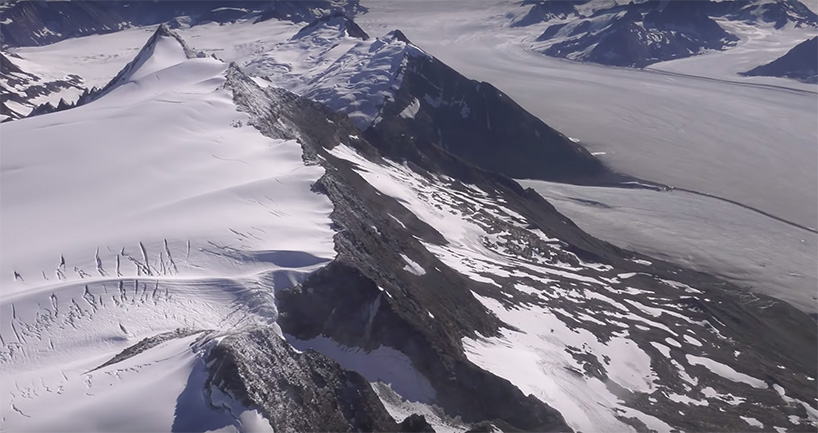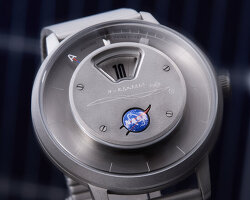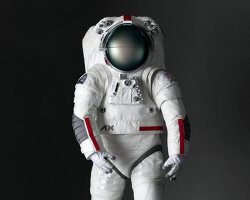NASA has released a new time-lapse video capturing the earth’s glaciers and ice sheets as seen from space, providing scientists with new insights into how the planet’s frozen regions are changing. the video, which takes images from the landsat mission dating back to 1972 and continuing though 2019, shows the speed-up of glacial retreat starting in 2000, as well as meltwater ponds spreading to higher elevations, potentially speeding up ice flow, and revealing lakes hidden beneath the winter snow.
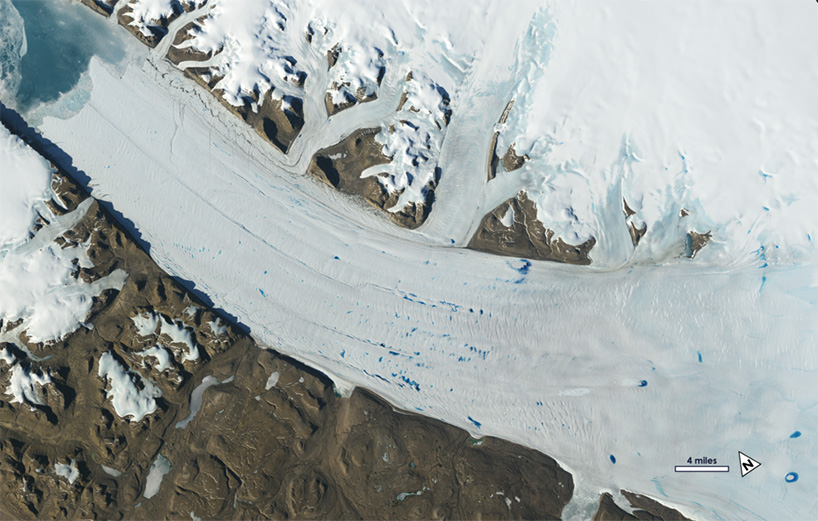
‘we now have this long, detailed record that allows us to look at what’s happened in alaska,’ comments mark fahnestock of the university of alaska fairbanks, who has stitched together six-second time-lapses of every glacier in alaska and the yukon. ‘when you play these movies, you get a sense of how dynamic these systems are and how unsteady the ice flows.’
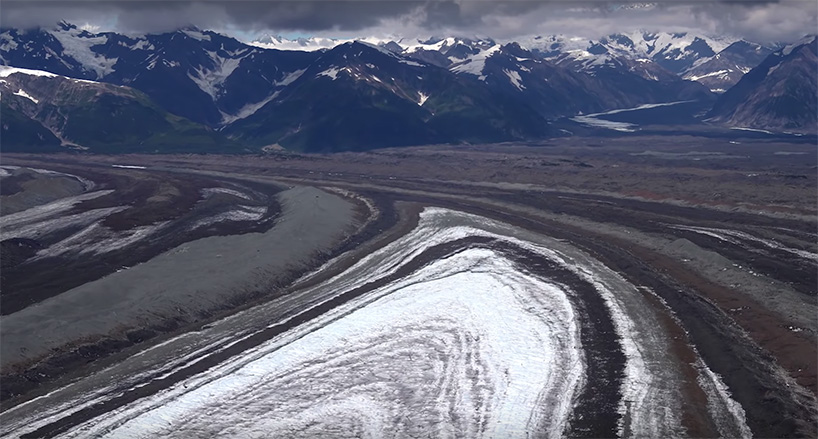
the newly-released NASA video illustrates what’s happening to alaska’s glaciers in a warming climate, highlighting how different glaciers respond in varied ways. for example, the columbia glacier was relatively stable in 1972 but starting in the mid-1980s, its front began retreating rapidly. in comparison, the hubbard glacier has advanced 5 kilometers in the last 48 years.
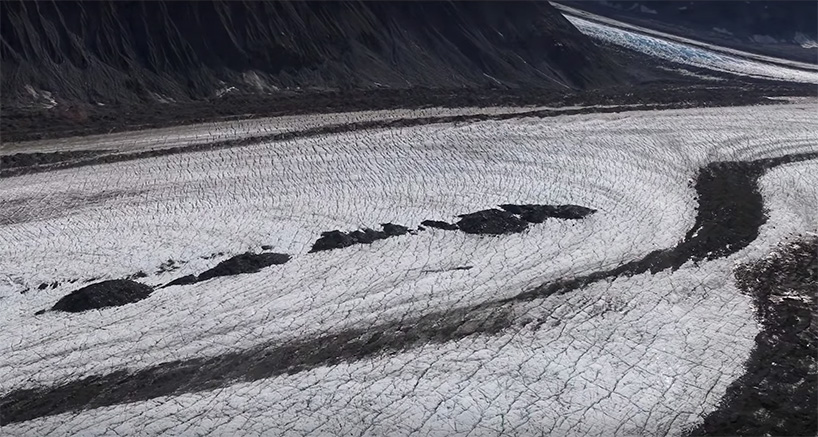
‘that calving embayment is the first sign of weakness from hubbard glacier in almost 50 years – it’s been advancing through the historical record,’ fahnestock continues. ‘the satellite images also show that these types of calving embayments were present in the decade before columbia retreated.’

in the past 50 years, glaciers are birthing more ice into the ocean than ever before through meltwater lakes. ‘we looked at how many lakes there are per year acres the ice sheet and found an increasing trend over the last 20 years: a 27 percent increase in lakes,’ said james lea of the university of liverpool in the united kingdom. ‘we’re also getting more and more lakes at higher elevations – areas that we weren’t expecting to see lakes in until 2050 or 2060.’
